Media Reviews: ISHA Award Winners, Part I
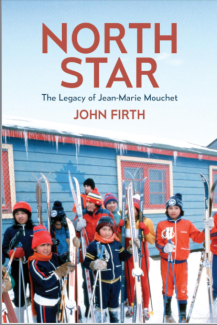
ISHA presented its 2024 book and film awards in March in Lake Placid, New York, during the annual Skiing
History Week, held in partnership with the U.S. Ski and Snowboard Hall of Fame. We will review the balance of the award-winning books and films in future issues.
Ullr Award
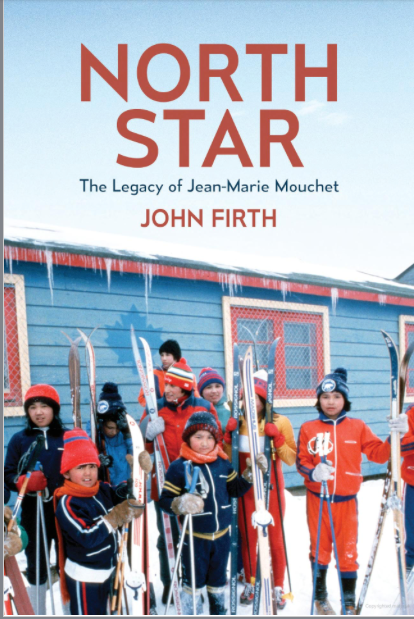
North Star: The Legacy of Jean-Marie Mouchet
By John Firth
John Firth’s latest book, this one on skiing history, tells the thrilling and inspiring story of Jean-Marie Mouchet, an Oblate Catholic priest from France who was imprisoned by the Nazis during World War II and, after the war, emigrated to Canada in the 1950s. There he set up a mission in the Yukon and created the Territorial Experimental Ski Training (TEST) program that taught cross-country skiing to aboriginal children. The program eventually placed four TEST skiers on Canada’s national team and sent two Inuvik Nordic skiers to four Olympic Winter Games, beginning in 1972.
Mouchet was born in 1917 in Malbuisson, in the shadow of the Jura Mountains on the French-Swiss border. The young boy became a proficient cross-country skier in the surrounding hills, as well as a crack shot, adding rabbits to the family’s larder. As the youngest of five brothers, Mouchet, by tradition, was destined to become a priest–until the war began. His expertise on skis and with a rifle had him posted to the Alps to fight the Italians.
Later, at the Oblate seminary in La Brosse-Montceaux, he became part of the “Maquis” (the resistance) and after being rounded up was shipped with fellow novitiates to a detention camp, Frontstalag 122, in Compiègne. He remained there until 1944, when the sighting of U.S. tanks caused the German guards to flee. Mouchet received the Order of Canada in 1993 for his dedication to and education of the northern peoples. — Bob Soden
Friesen Press (2024); ISBN 978-1-03-919433-5. 324 pages. $23.99, hardcover. Also available in softcover and e-book.
Skade Awards

Mt. Washington Valley Through the Ears, 1976-2005
Compiled by Karen Cummings and Sarah Eastman
Over a period of nearly three decades, the weekly newspaper the Mountain Ear played a special role in examining the skiing history of the Mount Washington Valley in New Hampshire. The paper was founded in 1976 with the help of Steve Eastman, who sold it to Salmon Press in 2005. Over the years, his brother Tom often wrote about ski history and also published books on the subject. In this compilation of stories that originally ran in the Mountain Ear, Tom Eastman wrote two of them: on Harvey Dow Gibson and Carroll Reed. They are based on personal encounters with Reed, a ski pioneer and sports-shop owner, and people close to Gibson, a North Conway native who made it his goal to develop his hometown as a ski center. Both men were instrumental in bringing Austrian ski hero Hannes Schneider to North Conway in 1939 and, in his wake, several ski instructors from the Arlberg gained a foothold in the Mount Washington Valley. They contributed significantly to the development of tourism in the region. — Christof Thöny
Bondcliff Books (2024); ISBN 13: 978-1-931271-41-7.
192 pages. $19.95. Softcover.
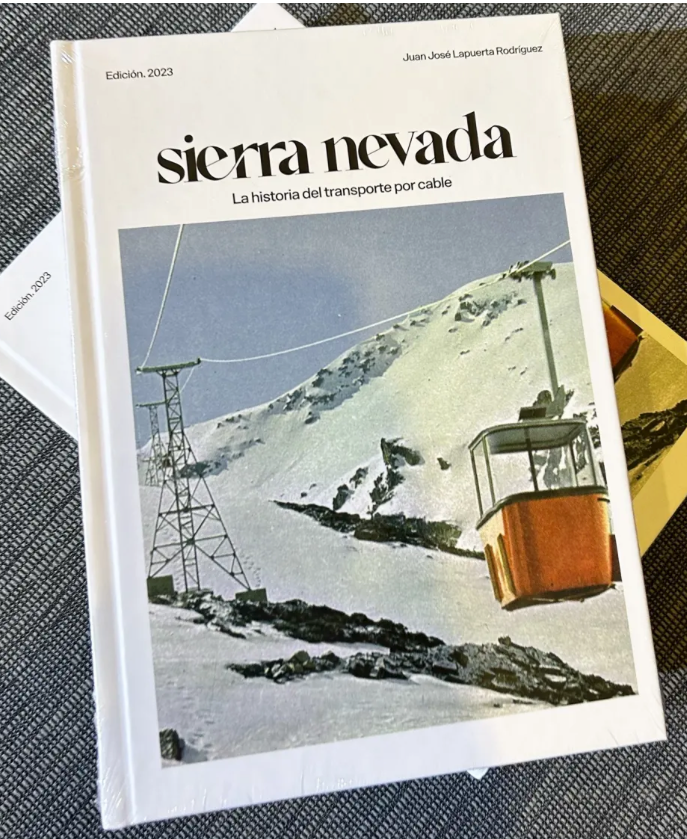
Sierra Nevada: The History of Ropeways
By Juan José Lapuerta Rodríguez
Juan José Lapuerta Rodríguez lives and works in the Austrian province of Vorarlberg as an employee of the Doppelmayr company, the world market leader in ropeway construction. Rodríguez is passionate about his job and also devotes his free time to the history of ropeways. His fascination with the subject goes back to his childhood days, spent on the Canary Islands. At the age of five, he rode the Mount Teide aerial tramway with his parents, which he still remembers today, according to the book’s preface. The author, who is of Spanish origin, also has a long-standing connection with the Sierra Nevada ski resort, the best-known winter sports resort in Spain. It gained international fame primarily through hosting the Alpine world championships in the 1990s. In his book, Rodríguez vividly describes the history of skiing in the Sierra Nevada and, in particular, the development of ski lifts. One focus is on the first passenger cable car, developed in San Sebastián in 1907 by Leonardo Torres. Numerous illustrations and a wealth of interesting information make the book a real page-turner. — C.T.
Available in Spanish and English for 30 Euros. For inquiries please contact the author directly at remontes.sn@gmail.com.
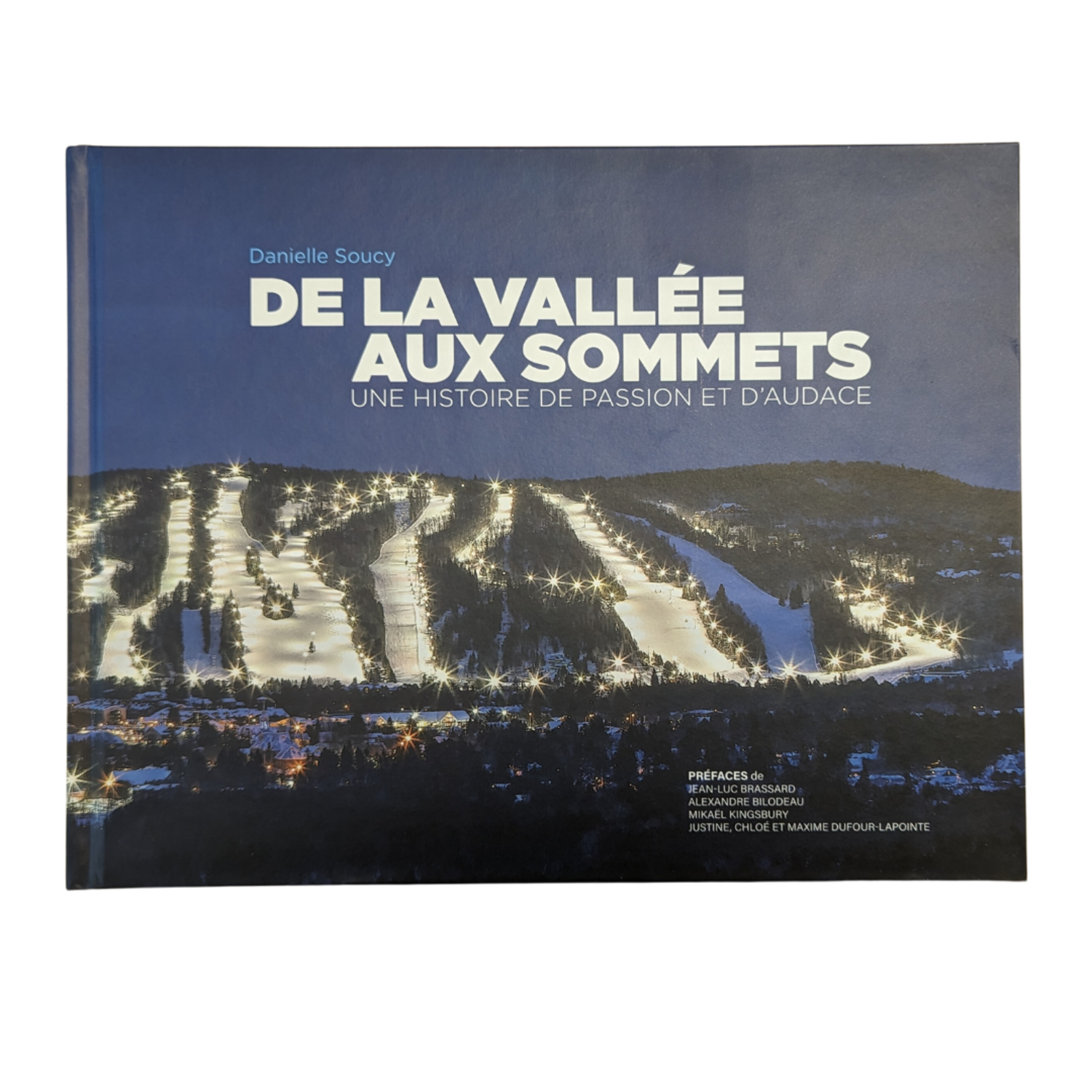
De la Vallée aux Sommets: une histoire de passion et d’audace (From the Valley to the Summits: A story of passion and daring)
By Danielle Soucy
Danielle Soucy’s beautifully illustrated coffee-table book tells the story of Mont Saint-Sauveur, Quebec, 45 miles north of Montreal.
In 1910 the hill was adopted by the Montreal Ski Club. The McGill University Red Birds Ski Club then arrived in the late 1920s, christening it the Big Hill. In 1934, the club renamed the most prominent slope Hill 70, in honor of McGill chancellor Sir Arthur Currie, who commanded the force that took a French hill of that name during World War I (see Skiing History, May-June 2017).
That same year, American entrepreneur Fred Pabst installed the Big Hill’s first rope tow and, two years later, a J-bar. About this time, Victor Nymark of Seigniory Club/Chateau Montebello (see Skiing History, September-October 2020), built a ski lodge at the base.
After World War II, the Big Hill expanded into a patchwork of separate lift companies on either side of Hill 70, identified as Hills 68 through 72. In 1968, a local group, led by accountant Jacques Hébert and pharmacist Guy Piché of Montreal, planned a single consolidated lift ticket that would give access to more ski mileage (and lift capacity) than could be had at Mont Tremblant, 35 miles farther north. By the early 1970s the group had unraveled the intertwined land rights and acquired the lifts on what was renamed Mont Saint-Sauveur.
In 1978, a trio of the ski area’s partners, led by Louis Dufour, heard about an opportunity south of the border: Jay Peak, Vermont, had triple the vertical of Mont Saint-Sauveur and was being sold by its forestry-giant owner, Weyerhaeuser, at a price they couldn’t refuse. The company became Mont Saint-Sauveur International, And over the next 20 years it acquired the smaller Laurentian areas of Mont Avila, Morin Heights, Mont Gabriel and Mont Olympia.
Following the death of principal director Hébert in 2006, the company consolidated again, unloading Jay Peak to focus on its local areas. In 2016, the company changed its name to Les Sommets.
This is Soucy’s fourth book; her first, La Vallée de la Diable: de la hache aux canons à neige (The Valley of the Devil: From hatchet to snow guns), earned an ISHA Award in 1999. — B.S.
Boutique les Sommets (2023); 203 pages. $49.99 CAD, hardcover.
Film Award

Variable: 10 Years, 46 Mountains, Endless Possibilities
By Jamie and Doug Kennard
Backcountry skiers often use the word “variable” to describe snow conditions that are, quite truthfully, “horrendous,” “impossible” and even, yes, “unskiable.” Thanks to 10 years of helmet-cam footage from filmmaker Doug Kennard, we can see firsthand just how variably awful skiing in upstate New York can be. It took that long for Kennard and his brother, Jamie, to ski New York’s highest peaks, all in the Adirondacks. Variable truly shows Eastern backcountry skiing as a sufferfest. Why ski powder when frozen meltwater, rocks, twigs, dirt, mud and sticks provide so much challenge? But there’s more to this modest, beautifully told story than showing how crazy New England skiers are. Kennard interrupted the quest to provide homecare for Tracy, his wife of 30 years, who succumbed to cancer in 2023. Last year, he picked up the mantle anew and completed the final 10 summits, then put together this very fine documentary. — Steven Threndyle
Available for viewing on YouTube.
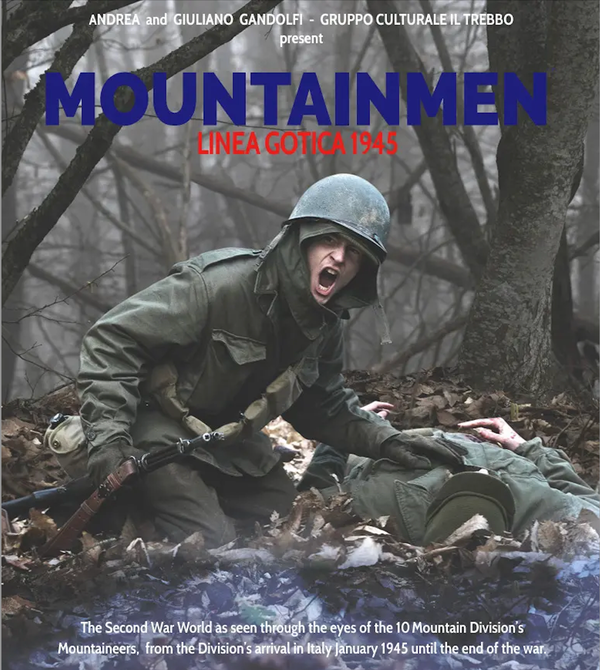
Mountain Men: Gothic Line 1945
By Andrea and Giuliano Gandolfi
The conquest of the Gothic Line, which took place 80 years ago, is one of the dramatic events in the last phase of World War II. The German army called the large-scale, contiguous fortifications the “Gotenstellung.” They stretched from the Tyrrhenian Sea across the entire Italian peninsula to the Adriatic Sea and were intended to prevent the breakthrough of the Allied forces into the Po Valley. The final conquest of the positions lasted from the fall of 1944 until April 1945. The U.S. Army’s 10th Mountain Division, specially trained for mountain warfare, played an essential role in the conquest. Many books and films about the 10th and its combat mission have been released in the U.S., but this new film, produced in Italy, takes a slightly different look at the subject. Based on the original locations and the memories of contemporary witnesses, the film is a valuable contemporary document. That’s largely because we are at a stage where there will soon be no more eyewitnesses to World War II, and such accounts will exist only as part of historical tradition. — C.T. 
For more information, see www.1945mountainmen.tv/en-us.
